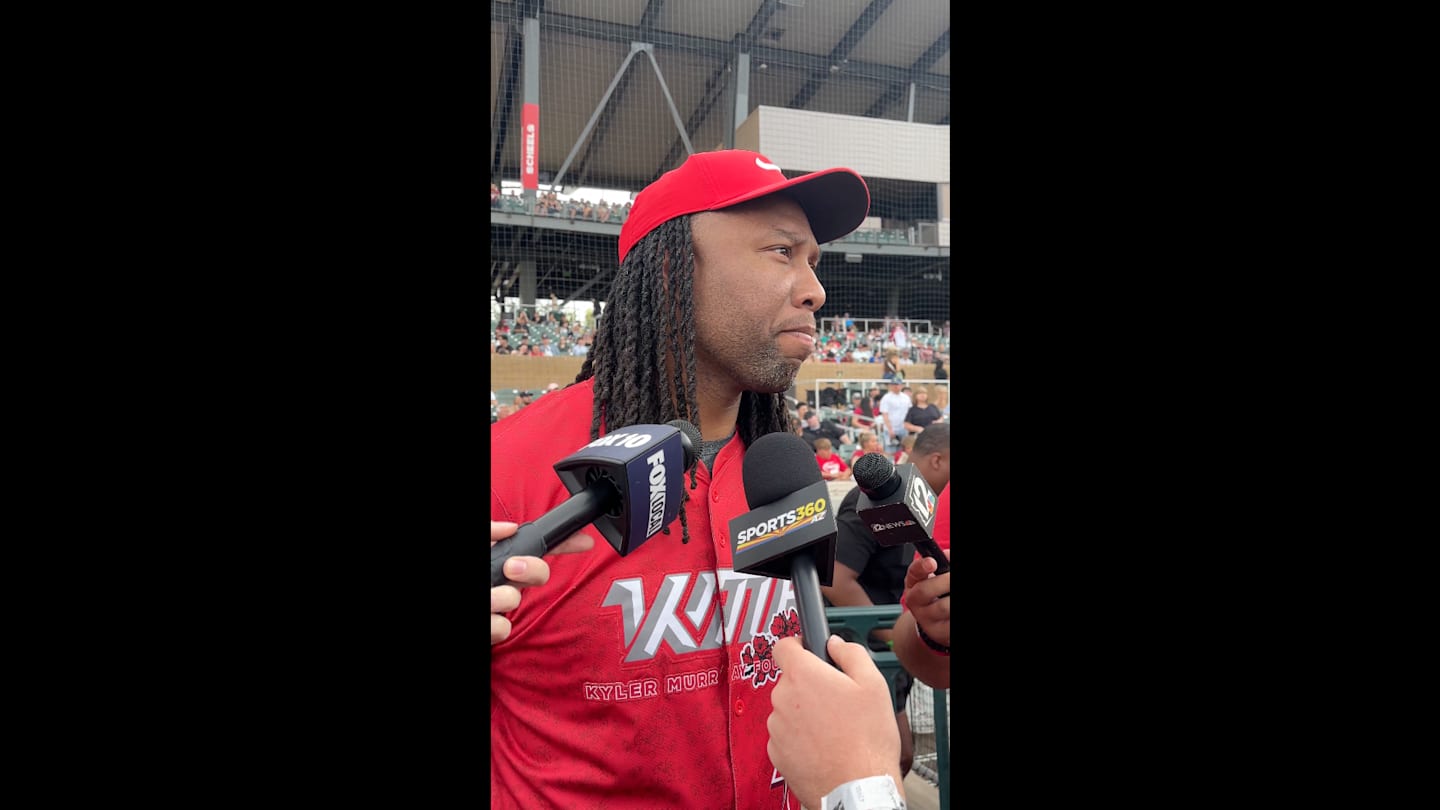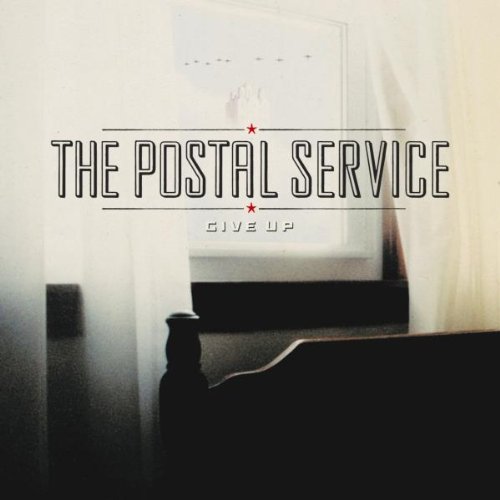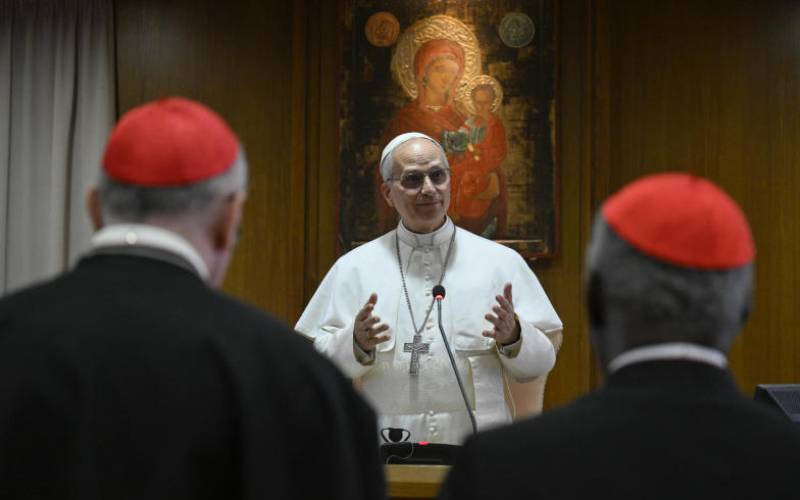Cardinals Begin Conclave to Elect New Pope

As the world watches, 133 cardinals have gathered in Rome to elect the 267th pope, following the death of Pope Francis on Easter Monday, April 21, 2025, at the age of 88. The conclave, a secretive and centuries-old tradition, has captured the attention of people worldwide, especially the younger generation, with its combination of pomp, ritual, and mystery.
The election process, veiled in secrecy, began on Wednesday with a mass in St Peter's Basilica at 10:00 (09:00 BST), presided over by Giovanni Battista Re. Mobile signals within the Vatican were deactivated to prevent contact with the outside world. The cardinal electors gathered in the Pauline Chapel around 16:15 (15:15 BST), forming a procession to the Sistine Chapel, singing a litany and the hymn Veni Creator. Inside the Sistine Chapel, they pronounced an oath of secrecy, precluding them from sharing details about the election. Following a meditation led by Diego Ravelli, the Master of Pontifical Liturgical Celebrations, the announcement "extra omnes" signaled the start of the conclave, with only essential ecclesiastical staff remaining.
The word conclave, from the Latin "cum clave" (locked with key), now refers to the lead-sealed entrances to the Apostolic Palace, including the Sistine Chapel, which remain closed until the end of the proceedings. Swiss guards flank the entrances. After Ravelli distributes ballot papers, the cardinals proceed to the first vote. Austen Ivereigh, a Catholic writer and commentator, notes that while a first-vote election is rare, cardinals with over 20 votes will be closely considered. Subsequent ballots will indicate momentum, resembling a political campaign focused on consensus.
If no two-thirds majority is reached, the cardinals return to Casa Santa Marta for dinner, where discussions continue and consensus forms. The menu consists of light dishes and wine, with waiters and kitchen staff sworn to secrecy. From Thursday morning, cardinals will have breakfast ahead of mass at 08:15 (07:15 BST). Two votes will take place in the morning, followed by lunch and rest. Pope Francis, in his memoirs, recalled receiving signals during this time that led to his election in the first afternoon vote. The last two conclaves concluded by the end of the second day, but the duration of this conclave remains uncertain.
Outside the Sistine Chapel, thousands of faithful will await the white smoke signaling the election of the new pope. This centuries-old tradition involves burning the cardinals' ballots, with black smoke indicating no decision and white smoke announcing the selection of a new pope. Initially used to prevent vote tampering, smoke became a signal over time. White smoke was first used in 1914. In 1823, gunfire was used to signal the election of the pope. A cast iron stove, first used in 1939, burns the ballots. Since 2005, a second stove has been used to release chemicals to color the smoke: potassium perchlorate, sulphur, and anthracene for black; potassium chlorate, lactose, and pine rosin for white. The newer stove is electronically activated, with technicians on standby. Since 2005, St Peter's Basilica bells also toll to confirm the election.
The secrecy surrounding the conclave is upheld by an oath taken by officials, conclave staff, and the College of Cardinals, binding them until death unless instructed otherwise. Violating the oath results in excommunication. The deliberative selection process has no set time limit, as demonstrated by the election of Gregory X in 1271, which took three years. Gregory later established the institution of the conclave in the papal bull "Ubi periculum."
Social media has amplified interest in the conclave, with over 1.3 million tweets on X and 363 million views of TikTok videos. Online games like "Fantapapa" allow users to predict the next pontiff, akin to sports betting. The Vatican's digital communications, including the papal X account @pontifex and Pope Francis's Instagram account, have engaged younger generations. Cardinals like Timothy Dolan and Luis Antonio Tagle have also embraced social media, further fueling public enthusiasm.
The election could be unpredictable due to the diverse and divided college of cardinals left behind by Pope Francis, with some supporting his progressive changes and others seeking to reverse them. Many hope for a pope from Asia or Africa, with Cardinal Luis Antonio Tagle of the Philippines being a notable candidate. Pope Francis, in his last wishes, donated a popemobile to Gaza for use as a mobile clinic for children.












